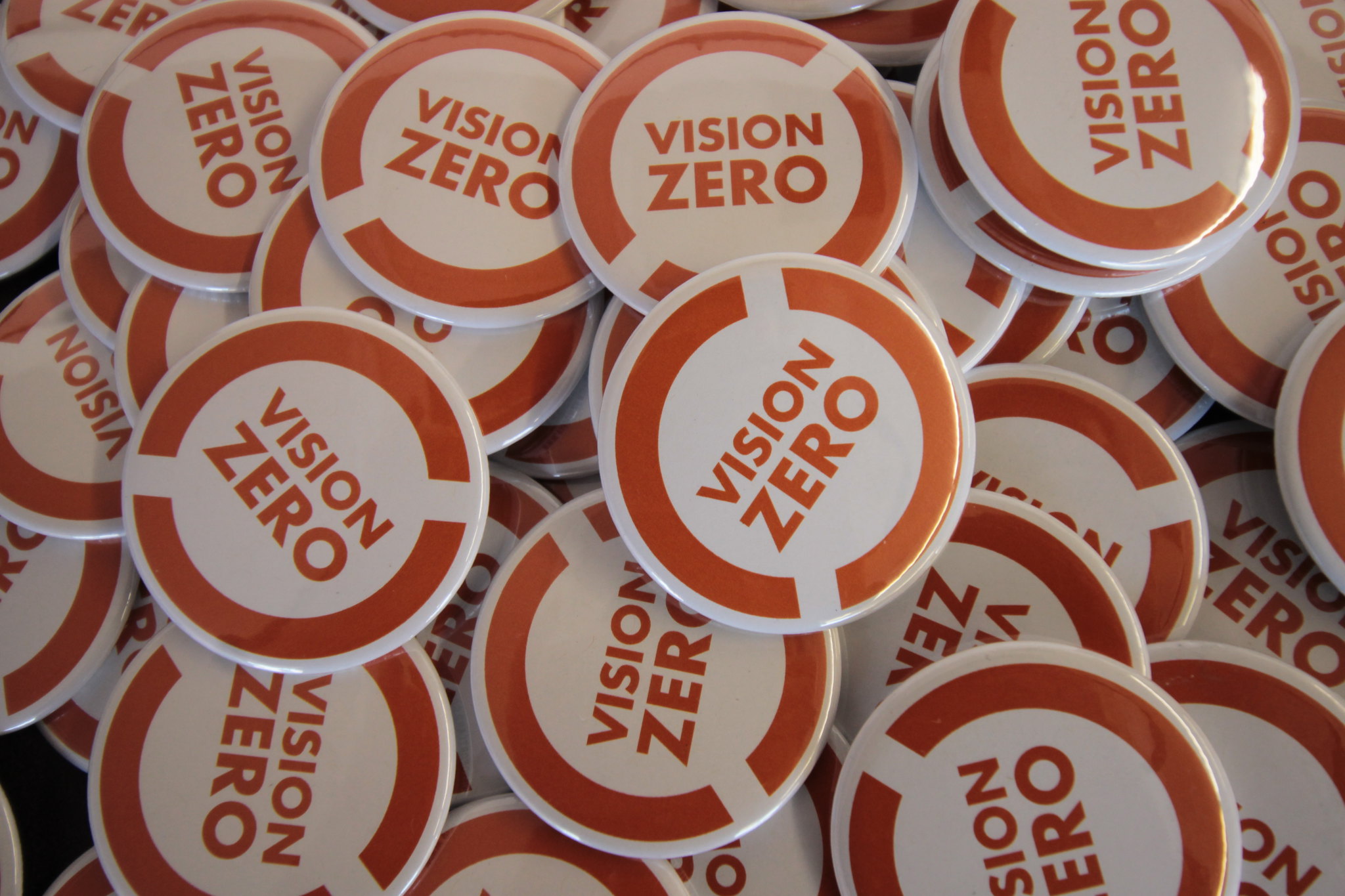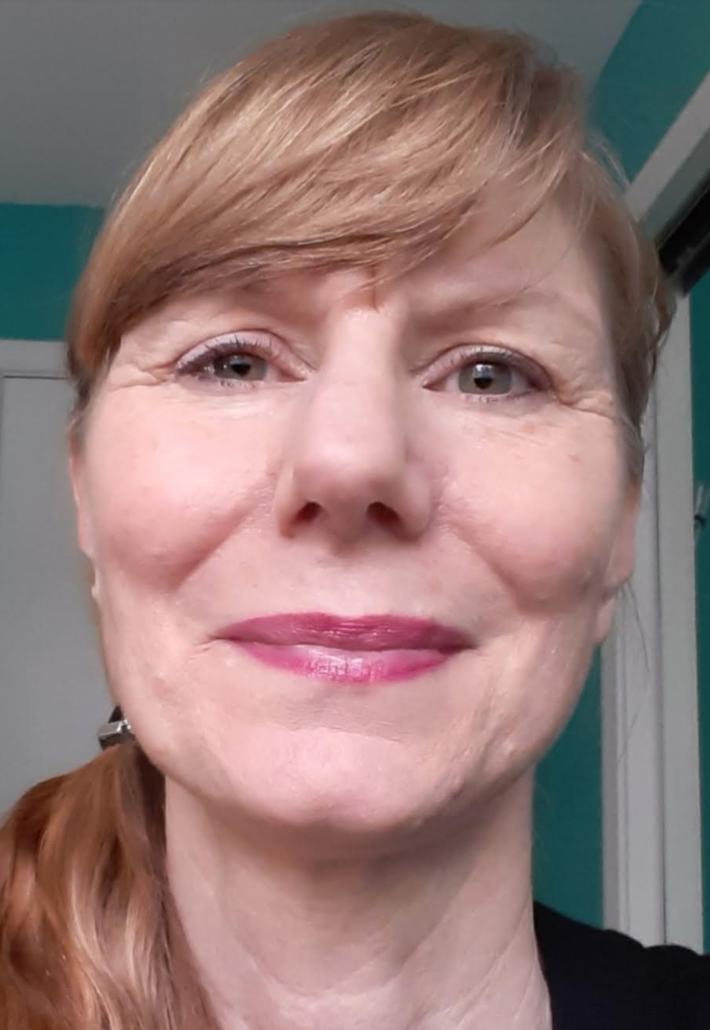“There’s not enough money.”
How often has this excuse deflated your community’s calls to fix streets that are physically threatening — sometimes even deadly — for a mom pushing her child in a stroller, a kid biking to soccer practice, or a late-night worker walking to the bus stop?
With roadway deaths at a historic high, it is time to stop accepting excuses — and start operating from the knowledge that all road deaths are preventable.
Let’s start today by making the most of Safe Streets and Roads for All (SS4A), a new U.S. Department of Transportation grant program offering $1 billion annually over five years for meaningful, community-led Vision Zero projects that help guarantee safe mobility for all.
The Basics on SS4A:
- What’s available?: $400 million (40 percent) each year to fund Vision Zero planning efforts and $600 million (60 percent ) to implement Vision Zero projects.
- Who can apply?: Public agencies at the local, regional and tribal levels can apply directly. Community groups can be partners and can be compensated for their work, and partnerships amongst agencies are encouraged.
- When?: The deadline for proposals is September 15. The last date for questions about the program is August 15 (also a recommended deadline to ensure your community is set with a required unique identifier).
- How?: This is a mercifully streamlined application process, so don’t be daunted! While a 20 percent match is required, there are creative ways to fulfill that requirement. (See the “What kind of funds can make up the local match?” section on this page.)
The SS4A program recognizes that we need a new approach to roadway safety by funding urgent and often-overlooked priorities, including:
- Improving the safety and increasing the number of people walking, biking, riding transit, and micro-mobility users;
- Investing in the safety of underserved communities, especially historically disadvantaged communities and Tribal lands;
- Managing speeds for safety, including self-enforcing roadway designs and lower speeds where motorists mix with people walking and biking;
- Designing Complete Streets that serve all road users, particularly those outside motor vehicles who are most at risk; and
- Pivoting to a Safe System approach and evolving beyond “the traditional E’s” (Education, Enforcement, and Engineering).
How to Leverage This Funding for Change
There are two overarching categories of spending that are eligible for SS4A funding: Planning Grants and Implementation Grants. Supplemental activity grants can also be used to augment these efforts.
Here’s how communities can make the most of these opportunities:
- Develop a strong and equitable Vision Zero Action PlanIf you don’t have one yet, now is the time to create a solid Vision Zero Action Plan. Any community – small or large, rural or urban – can get started on Vision Zero today. (Check to see if your current plan meets U.S.DOT criteria, which is required for Implementation proposals, which we’ll talk about later.)
A strong Action Plan can help your community institutionalize Vision Zero, setting explicit timelines, deliverables, and accountability measures. And it should be built on the foundation of a Safe System approach, focusing on Complete Streets and lower speeds, and not over-emphasizing enforcement measures that lead to inequitable impacts in racially and socially marginalized communities, or education campaigns that tilt toward victim-blaming.
There are many examples of how local, state, and federal entities are incorporating the Safe System approach into their planning and overall roadway safety work.
What you may not realize: Feasibility studies using quick-build strategies that inform future projects are eligible for both Action Plan Grants and Implementation Grants as supplemental activities—so your community can test promising, on-the-ground measures while also planning for more permanent or widespread changes.
2. Think Big, Bold & System-Wide for Implementation Projects
For communities that already have strong Vision Zero Action plans that meet U.S. DOT’s criteria, Safe Streets For All is a great opportunity to put implementation dollars to work, including:
- Transforming High-Injury Network corridors into Complete Streets by designating safe spaces for people walking and biking;
- Developing and implementing speed management plans;
- Creating safe routes to school and to public transit;
Other infrastructure-boosting efforts; here are a few examples:
We encourage SS4A applicants to use this opportunity to shift beyond reactive responses to enact proactive safety practices, including identifying patterns of severe crashes, then implementing widespread, high-impact, cost-effective design treatments (and doing so more quickly than usual). Examples include Detroit’s installation of thousands of speed humps; Austin’s Pedestrian crossing improvement program; NYC’s left-turn traffic calming analysis; and transformative projects in rural communities.
What you may not realize: Implementation Grants may also include funding for supplemental planning activities in support of an existing Action Plan. So go big, and think system-wide to address widespread impacts — not just at a single location.
3) Deepen Supplemental Planning Efforts for Efficacy & Equity
Both Planning and Implementation grants can include funding for supplemental planning activities, which can bolster an existing safety plan or bring the community’s work into stronger alignment with Vision Zero principles.
Critically, these (and all SS4A) funds should be prioritized to address safety issues in low-income neighborhoods and in Black and Brown communities. Some of the ways supplemental planning grants can be used include:
- Developing racial and health equity plans for roadway safety work, which can include more fully engaging with – and compensating – community members who bring critical lived experiences and cultural understanding to the table. (Denver and other cities have already experimented with this approach.)
- Piloting a restorative justice approach to stress accountability amongst dangerous drivers without over-criminalization, and testing innovative education and enforcement efforts that evolve beyond inequitable fines and fees systems.
- Partnering with local Trauma Centers on crash injury data collection and analysis to better represent what’s happening on the ground — something S.F., Chicago & New York City are already trying.
- Investing in upstream education of elected officials and media around Safe System principles; and developing proactive communications strategies, such as internal messaging guides, and training community members to become “solutions storytellers.”
- Partnering with – and funding – public health professionals to help institutionalize racial and health equity priorities in transportation efforts. (Examples from Chicago, NYC & SF)
Whether you’re a community advocate or a public agency staffer, the SS4A grant program offers a prime opportunity to create on-the-ground improvements and chip away at the status quo that has compromised safety for too long.
No more excuses.
Check out more ideas about how to best take advantage of this opportunity, and join Vision Zero Network and the National League of Cities for two deep-dive discussions on SS4A on August 11 (planning) and August 15 (implementation). Register here.
Melissa Balmer is the Founder of PedalLove.org. Her workbook "The Hero's Journey Starter Kit" Game-changing communications skills for active transit, shared mobility, safe streets & climate advocates will be available to download this September. Leah Shahum is the Founder and Director of the Vision Zero Network, bringing two decades of proven success championing movements to advance safe, healthy, active transportation.








